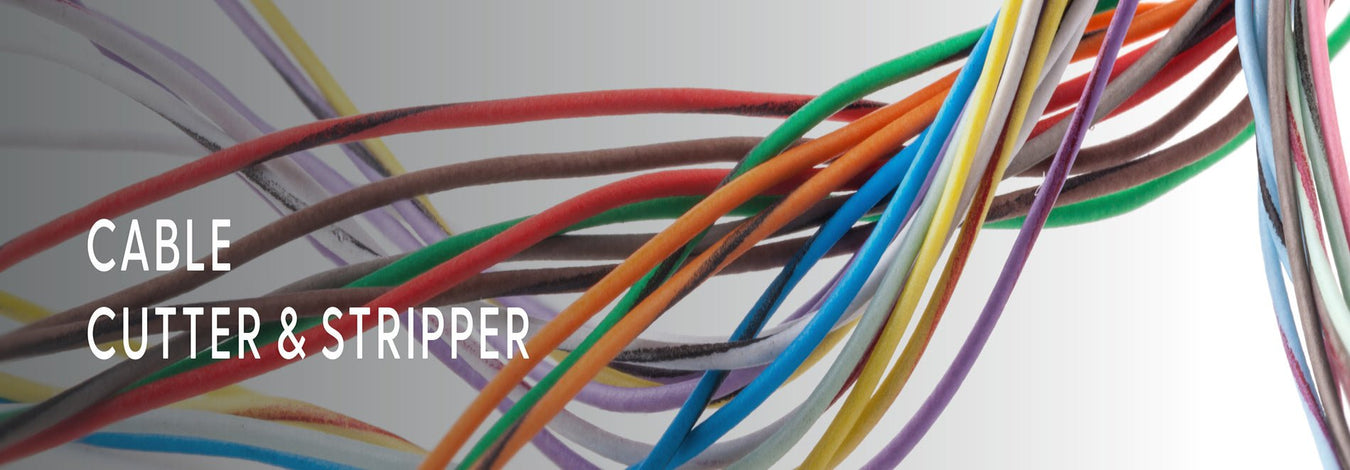
Should I Convert My Copper Pipes to PEX?
Table of Contents
The plumbing industry has seen significant improvements over time, and PEX (cross-linked polyethylene) is one of them in terms of plumbing tuning. Copper pipes have been used for decades, but PEX has gradually emerged as alternative tubing for most plumbing systems in residential and commercial buildings. PEX is a newer option in the plumbing industry that has gained much popularity. Consequently, some homeowners and contractors are replacing installed copper pipes with PEX tubing.
Let’s explore why converting copper pipes to PEX tubing is a good idea. This article also guides you on how to replace copper with PEX pipes.
PEX vs Copper Pipes: Why Replace Copper Pipes with PEX Tubing?
Copper has been the go-to plumbing piping material for a long time, but it still holds its fair share of disadvantages. For instance, heat and high resistance are two characteristics that make copper pipes stand out in plumbing. On the other hand, copper piping tends to be more expensive and can easily fail sooner due to some factors.
As a result, people are looking for alternatives, and that’s where PEX tubing shines. Here are some factors that make PEX tubing a better option compared to copper pipes:
1. Cost
While the cost of piping material may vary based on location, copper pipes are typically more expensive than PEX pipes. Also, from a labor point of view, installing PEX pipes is much easier and faster, thus making PEX a cheaper option compared to copper tubing.
2. Installation
As outlined, installing PEX pipes is much easier and quicker. PEX pipes are flexible and can be fitted in most areas without the need for additional fittings. Above all, with the right tools like a PEX crimping tool or PEX cinch tool and knowledge, installing PEX pipes is pretty easy.
Conversely, installing copper pipes can be time-consuming and require a skill level, especially if you choose conventional methods such as soldering.
3. Durability
Copper pipes are durable, lasting up to 50 years, and resistant to corrosion. However, installing copper pipes can easily corrode in aggressive water conditions. PEX tubing also offers great durability, strength, and corrosion resistance and has a lifespan of about 25 to 40 years.
4. Efficiency
Another reason you should consider replacing copper pipes with PEX is because the latter offers better efficiency. To start with, PEX pipes have a lower thermal conductivity than copper pipes, thus preventing heat loss as water moves through the pipes, ultimately saving energy. Lastly, PEX pipes are freeze-resistant compared to copper pipes and are less likely to burst when they freeze.
How to Replace/Convert Copper Pipes with PEX Pipes: Step-by-Step Guide
A. Gather needed tools and materials
Before replacing copper pipes with PEX pipes, you should determine and gather the necessary materials for the project. They include:
- PEX pipe cutter
- Copper pipe cutter
- Deburring tool
- PEX pipes (choose the right size)
- PEX crimping tool
- PEX crimp rings or clamps and fittings (they should match the size of the pipe)
- Push-fit couplings
- Marker
- Tape measure
B. Turn off the main water supply and drain the pipes
Turning off the valves in your main water supply to the house is good before starting any plumbing work. It helps minimize the pressure in the pipes. You should also drain the pipes by turning on the faucets (especially for plumbing sections where you’ll replace pipes).
C. Cut the copper pipes
Use your copper tubing cutter to cut sections of copper pipes that need to be replaced. Ensure you get clean and straight cuts. Also, use a deburring tool to remove burrs from the cut ends of the pipe, ensuring a smooth installation of fittings. Also, ensure the copper pipe you’ll connect the PEX pipe to has no corrosion.
D. Measure and cut PEX pipes
Start by measuring the length of the PEX pipe needed. Then, mark it on the pipe and use a PEX pipe cutter to make a clean and straight cut. You should also use a deburring tool on the edges of the cut PEX tubing.
E. Connect the PEX to the copper pipe
While you could opt to replace the entire plumbing system’s pipes with PEX pipes, some sections will require PEX to copper connections. In such a scenario, you’ll use push-fit couplings/connectors to make connections. Insert one end of the coupling into the copper pipe, and the PEX pipe goes to the other end of the same coupling.
F. Make other PEX-to-PEX connections
Use crimp rings or clamp rings to make PEX-to-PEX pipe connections. Depending on your chosen connection method, you’ll need a unique tool for each method. For instance, you need a crimping tool like the iCrimp IWS-1807CN PEX Crimping Tool Kit to crimp.
You need a tool like the iCrimp ICP-BJ02 PEX Clamp Cinch Tool to clamp.
Bottom Line
Replacing copper pipes in your plumbing system with PEX tubing is possible. PEX offers some benefits over copper pipes, such as ease of installation, low cost, durability, and enhanced efficiency. However, you need to have the proper tools for the job depending on the connection method you choose. iCrimp is the best platform for professional plumbers and DIY enthusiasts to purchase quality and affordable copper and PEX plumbing tools, from crimpers and pipe cutters to pipe connectors.
References





